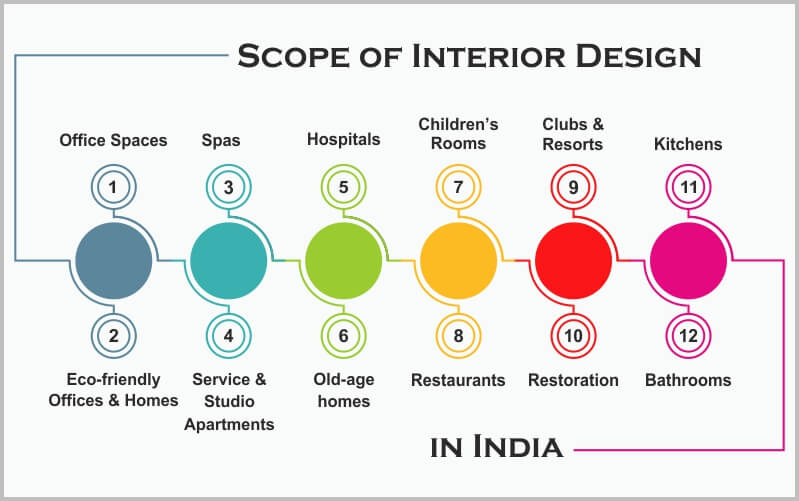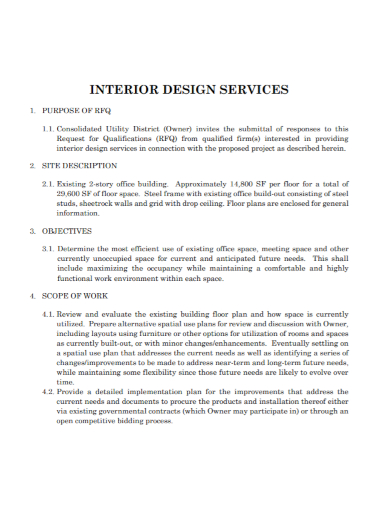Interior design is more than just selecting colors and arranging furniture; it encompasses a crucial scope of work that defines how we create functional and aesthetically pleasing spaces. In my years of experience as an interior designer, I’ve seen firsthand the significant impact a well-defined scope of work can have on the success of a project. This article will provide a thorough overview of what the scope of work entails, including various components, pros and cons, and practical tips for clients and designers alike.
What is the Scope of Work in Interior Design?
The scope of work in interior design refers to all the tasks, responsibilities, and deliverables that a designer agrees to undertake for a project. It serves as a roadmap, outlining every detail from the initial consultation to the final installation.
Key Components of the Scope of Work
- Project Consultation
- Space Planning
- Design Concept Development
- Material Selection
- Budget Management
- Coordination with Contractors and Vendors
- Implementation and Installation
- Post-Project Evaluation
Importance of a Well-Defined Scope of Work
A clear scope of work helps to manage expectations for both the designer and the client. It provides a mutual understanding of the project’s goals, timeline, and budget, ultimately leading to a smoother process and a more successful outcome.
Phases of Interior Design Scope of Work
1. Initial Consultation
During the initial consultation phase, the designer meets with the client to discuss their vision, requirements, and budget. This is an essential step for gathering the necessary information to formulate a design plan.

2. Space Planning
Space planning involves analyzing the area to determine the most effective layout. This phase includes:
- Measuring the space
- Understanding traffic patterns
- Creating functional zones
Example of Space Planning
| Layout Type | Pros | Cons |
|---|---|---|
| Open Concept | Encourages social interaction, maximizes light | Lacks privacy, can feel chaotic |
| Closed Concept | Provides privacy, reduces noise | Limits flow, can feel isolated |

3. Design Concept Development
This phase involves creating mood boards, sketches, and digital renderings that align with the client’s vision. The designer will present these concepts to the client for approval before proceeding.
4. Material Selection
Once the design concept is finalized, the designer will select materials, furnishings, and finishes that fit the design style while adhering to the budget and functionality requirements.

5. Budget Management
Managing the budget is crucial at every stage of the project. This involves estimating costs, monitoring expenses, and making adjustments as necessary.
6. Coordination with Contractors and Vendors
Designers often collaborate with electricians, plumbers, and carpenters to execute the design. Effective communication and project management are vital here.

7. Implementation and Installation
This is the phase where the design comes to life. The designer oversees the installation of furnishings, fixtures, and finishes, ensuring everything is executed according to the plan.
8. Post-Project Evaluation
After the project completes, a review is conducted to assess the project’s success and gather feedback from the client. This step is essential for continuous improvement.

Pros and Cons of a Defined Scope of Work
Pros
- Clarity in roles and responsibilities
- Effective budget management
- Streamlined communication
- Better time management
Cons
- Potential for scope creep if not properly managed
- May require more initial time investment
- Could limit creativity if overly rigid

Best Practices for Defining the Scope of Work
1. Clear Communication
Establish open lines of communication between all parties involved, including clients, designers, and contractors. This minimizes misunderstandings and errors.
2. Detailed Documentation
Document every aspect of the scope of work, including timelines, deliverables, and budgets. This documentation will serve as a reference throughout the project.

3. Regular Check-Ins
Schedule regular meetings to review progress, address any issues, and make necessary adjustments. This keeps everyone aligned and proactive.
Conclusion: Embracing the Scope of Work in Interior Design
As an interior designer, I believe that understanding and effectively defining the scope of work significantly impacts the success of a project. By carefully navigating each of the phases outlined in this guide, both clients and designers can work together to create spaces that not only meet but exceed expectations. A well-defined scope of work not only ensures clarity but also fosters creativity, resulting in beautiful, functional environments that reflect the clients’ desires and lifestyles.
FAQs about Scope of Work in Interior Design
What is typically included in an interior design scope of work?
The typical scope includes project consultation, space planning, design concept development, material selection, budget management, coordination with contractors, installation, and post-project evaluation.
How can I communicate my vision to my interior designer?
Gather inspirational images, create a mood board, and articulate your preferences clearly regarding colors, styles, and functionalities. This helps your designer capture your vision accurately.
Can the scope of work change during the project?
Yes, scope changes can happen. It’s important to manage these changes carefully through a formal process to avoid scope creep and maintain project integrity.
How do I ensure my project stays within budget?
By establishing a clear budget at the outset, tracking expenses meticulously throughout the process, and maintaining regular communication with your designer, you can keep your project on budget.